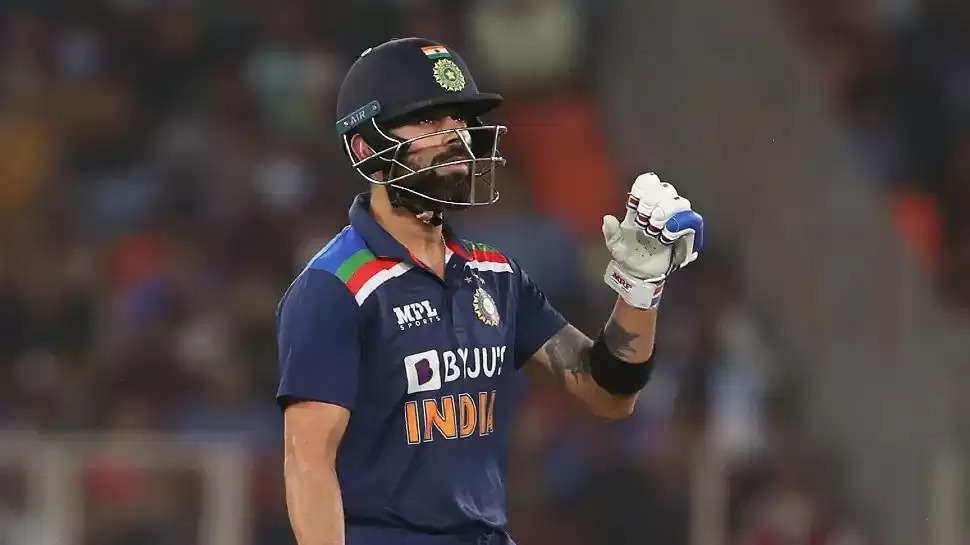Why Can’t We Have An ‘I Don’t Know’ Soft Signal From The Umpire? – Virat Kohli

A controversial decision that brought to end Suryakumar Yadav’s maiden international innings for India on Thursday (March 18) has reopened debates on the use of the ‘soft signal’ from on-field umpires for outfield catches.
For India captain Virat Kohli, there is a case to be made for an ‘I don’t know’ soft signal because no way an on-field umpire can be absolutely sure of the low catches from a distance.
Kohli’s suggestion follows the incident that took place on the second ball of the 14th over in the 4th India-England T20I. Yadav, who had batted magnificently through to 57, struck England left-arm seamer Sam Curran into the outfield, only for fieldsman Dawid Malan to get down low before jumping in joy as he claimed a catch.

As per the procedure, umpire KN Ananthapadmanabhan send the matter upstairs and gave a soft signal of ‘out’. That immediately triggered debates as third umpire Virender Sharma remained unconvinced about whether it was a clean catch despite going through multiple angles on the review.
The global audience could hear Sharma repeatedly mentioning that there is “inconclusive” evidence from technology over the cleanness of the catch. He had to, therefore, stick to Anathapadmanabhan’s soft signal as per the existing rules in the review process.

Virat Kohli wants ‘I don’t know’ soft signal for low catches
The soft signal is a “visual communication by the bowler’s end umpire to the third umpire (accompanied by additional information via two-way radio where necessary) of his/her initial on-field decision prior to initiating an Umpire Review”, states the ICC playing conditions.
Yadav’s premature and doubtful dismissal cost India crucial runs, which they would’ve wanted with the excessive dew around in the second half. And though they ultimately won by 8 runs, Kohli called the whole review process around the catch “strange” and asked for more clarity in what is one of the game’s “grey areas”.
“Look, there was that instance that happened during the Test series where I was next to Jinks [Ajinkya Rahane] when he clearly caught the ball, but then I wasn’t sure and I asked Jinks, he wasn’t sure,” Kohli told broadcaster Star Sports at the post-match presentation.
“And then we went up straightaway. If it’s a half-and-half effort and the fielder’s in doubt, I don’t think the umpire from square leg would see that clearly and, you know, make a conclusive call. So the soft signal becomes that much more important and it’s a tricky one. I don’t know why there cannot be a sort of “I don’t know” call for the umpire as well. Why does it have to be a conclusive one? Because then that [dictates] the whole decision completely. Similar to the argument we have about umpire’s call as well.”
“I think these are some things that can really, really change the whole course of the game, especially in a big game. We are on the other side [of the result], but there could be another team bearing the brunt of this.”
“So you want these things ironed out as much as possible, keep this game simple, keep it linear, have one set of rules which are not grey areas which we don’t understand sometimes, and sometimes we do. So it’s not ideal, especially in a high-pressure game which has a lot of things riding on it, a lot at stake. It’s important to have a lot of clarity on the field,” he added.

